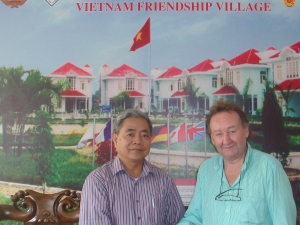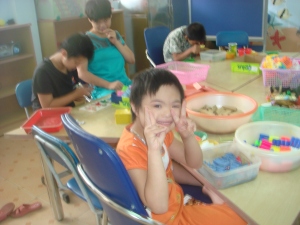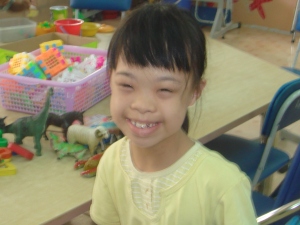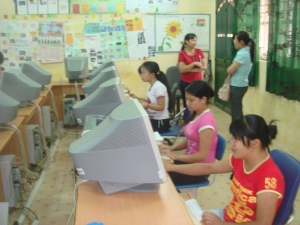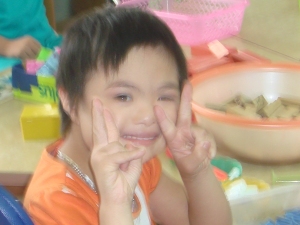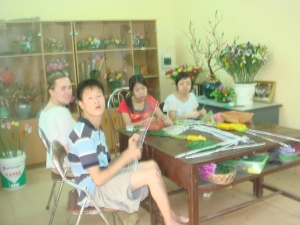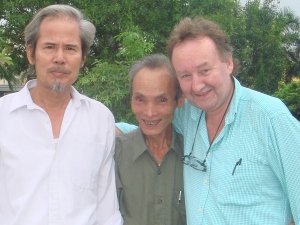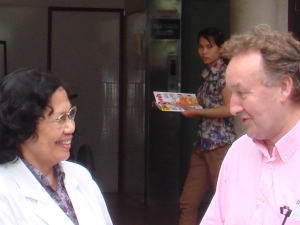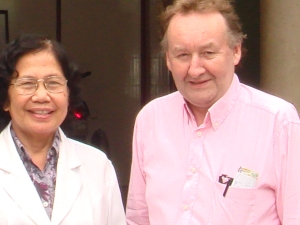Friendship Village, Hanoi, Vietnam
The Friendship Village is set on a five acre site approximately 20 kilometres from Hanoi city centre where it houses over a hundred children suffering from Agent Orange dioxin and 40 war veterans.
The Village was founded in 1992 and is the brainchild of the late George Mizo, a former US soldier who served in Vietnam, a hawk turned dove and prominent member of Veterans for Peace, an organisation made up of former male and female soldiers. Mizo’s main aim was to help repair the damage done to the Vietnamese people and to Vietnam-US relations following the war. George died in 2002 but his German wife took up the cause and continues to fundraise on behalf of the Village.
I am here to meet with the director, Dang Vu Dung and carry out a tour of the teaching and training facilities.
Director Dang Vu Dung explains, “We have 102 children residing here. The age range is between 6 and 20 years. The vetting system for entry is that they must be the offspring of former Vietnamese soldiers and they must be affected by Agent Orange in some form. Having said that, the children we enrol here, while suffering a disablement of one form or another as a result of dioxin, are those that, with the right training and rehabilitation, can re-enter society with a skillset to help them survive.
The younger children attend school here like any normal child except that here we employ special needs teachers. The older children receive training in IT/computer skills, weaving and sewing to make clothes, souvenir making (note: the souvenirs are used as a fundraising tool to generate extra income) and tend the organic vegetable and fruit garden.
We appoint one mother (supervisor) for every 20 victims and they supervise, guide and encourage an ‘esprit de corps’ among the children with a goal of making them as self sufficient as possible. We also encourage sports, for example, badminton and football. Another important aspect is outreaching into the local community and we encourage direct contact and communication to ensure the children’s time here is as normal and productive for them as possible. All our dioxin children spend a maximum of three years here before returning to their families and villages.
- In the classroom
Our income support is split 50/50 – 50% comes from Government funding and the other 50% from fundraising mainly carried out by the Union of Veterans which includes mainly former French, German, Japanese, US and English soldiers. The veteran’s fundraising efforts, their enthusiasm and vision for what we are trying to achieve here is the essence of what the Friendship Village is all about – turning the negative legacy of war into a positive one where children are given a second chance and the ability to live some from of normal life. This was George Mizo’s vision.
There are also 40 veterans resident at the Village at any given time.
